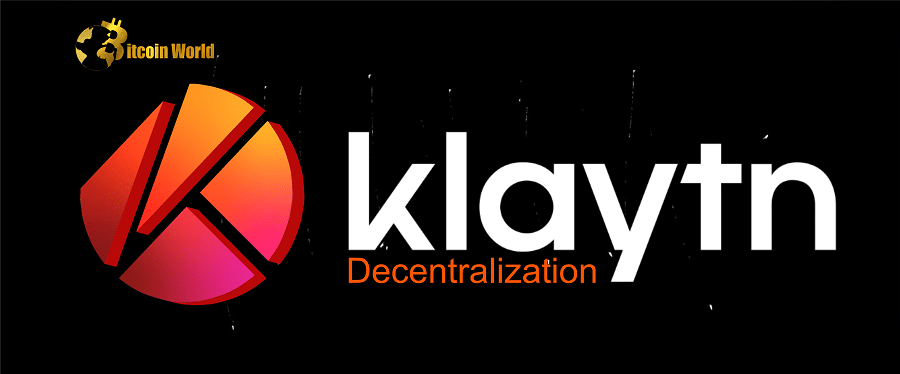Klaytn announced on the 19th that it would transfer approximately 31.66 million Klaytn to an anonymous initial investor via the ‘Notice of scheduled transfer of some quantities pursuant to the terms of the Klaytn initial investment contract,’ according to the related industry on the 22nd. When it became known that the amount had been transferred from the Reserve wallet, the holders (investors) demanded an explanation.
Regarding this, Klaytn stated on the afternoon of the 21st via the official Telegram channel, “There is a misunderstanding due to the existing ‘Genesis’ and current ‘Reserve’ labels.” It is stored and integrated into two wallets.” “The important thing in this debate is that the initial issued volume is being stored without problems rather than future use,” he added, adding that there are currently approximately 7.2 billion Klays left in Reserve 1 and 2 wallets.
Despite this explanation, investors believe that the fact that clays such as private sales, reserves, and team quantities are mixed in one wallet is a problem. As was the case on the 19th, if supply is suddenly released, there are concerns about not only price declines, but also future predictability. Some investors are scheduled to pay, but have demanded that the amount not yet paid be disclosed, arguing that “telling only what you want to know is not decentralisation.”
Klaytn stated, “Recently, the points raised by investors have been shared internally, and discussions have begun.”
Choi Hwa-in, a blockchain evangelist, explained the wallet operation controversy, saying, “While Klaytn needs to attract projects through Klay investment, holders have conflicting interests that the price drop due to the increase in distribution volume is in conflict.” “Due to the current situation of Klaytn and the lack of related regulations or systems,” he continued, “it appears difficult to expect a transparent wallet operation in the form that investors demand.”
Meanwhile, as a result of the foundation wallet issue, opinions on Klaytn’s ‘permissionless blockchain conversion’ announced on the 21st are divided. Participation in open block verification is the primary goal of permissionless blockchain. Individual investors who are not currently GCs can also participate as block validators if certain criteria are met.
According to Klaytn, permissionlessness will increase decentralisation, transparency, and openness. Furthermore, it is stressed that as the number of validators grows, censorship resistance grows, and the reward system based on block verification performance and staking (deposit) volume grows to share profits with investors who contribute to the ecosystem.
Some investors welcomed it, but some criticise that opening nodes to investors after the price of Klay has fallen like now is just an evasion of responsibility under the guise of ‘decentralisation’. Although specific information on the distribution of block rewards has not yet been released, it is noted that the actual profits that individual investors will receive from participating in the verification will be small, given that the price of Klay has fallen by more than 90% from its peak and the GC staking volume is significant.
“The transition from an existing centralised system to an open system is never easy,” Evangelist Choi predicted, and “it appears impossible to realise for the time being.” “Acting as actual block validators will be difficult for individual investors without a technical foundation,” he said.















